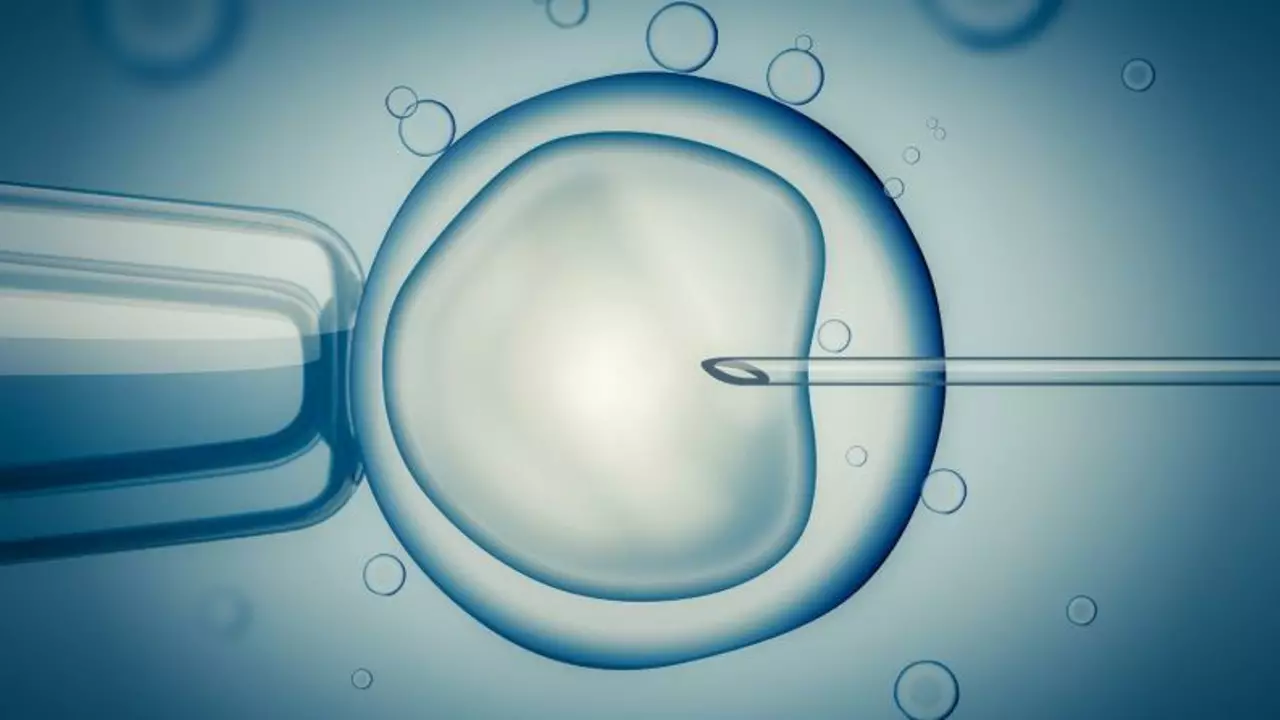Wondering if you can carry your own baby through IVF? This article clears up the confusion, breaking down how IVF actually works and whether you're the one who gets pregnant. You'll find out what impacts your ability to carry the baby, from your age to your health. Plus, you'll get tips on what to expect and how to talk with your doctor about your options. The goal: give you clear answers so you know what IVF really means for your family.
Read MoreEmbryo Transfer: Simple Guide & What to Expect
If you’re reading about embryo transfer, you probably have a fertility question on your mind. In plain terms, embryo transfer is the part of IVF where the lab‑grown embryo is placed into the uterus. It’s the moment that turns weeks of hormone shots and egg retrieval into a chance for pregnancy.
The Embryo Transfer Process
First, doctors select the healthiest embryos from the lab. Most clinics use a thin catheter, about the size of a straw, to gently deposit the embryo near the top of the uterus. The whole step takes just a few minutes and doesn’t need anesthesia.
There are two main types of transfers: fresh, done a few days after egg retrieval, and frozen, where the embryo is thawed and placed later. Frozen transfers have become popular because they let the body recover from stimulation before the embryo arrives.
Before the transfer, you’ll get a couple of hormone shots to thicken the uterine lining. The doctor will confirm the lining is ready with an ultrasound. On the day, you’ll lie on an exam table, a speculum is placed, and the catheter is guided through the cervix. The doctor then releases the embryo and pulls the catheter out.
After the embryo is out, many clinics ask you to rest for about 20‑30 minutes. Some suggest light activity, but nothing strenuous. You’ll usually go home the same day with a prescription for progesterone, which helps keep the lining supportive.
After the Transfer: Recovery and Tips
Two weeks later you’ll take a pregnancy test. If it’s positive, congratulations! If not, don’t panic – many cycles need a second try. Your doctor will discuss why the first didn’t work and what can be adjusted.
While waiting, stay hydrated, eat balanced meals, and avoid heavy lifting or intense workouts. Some people find gentle yoga or short walks help keep stress down, which can be good for implantation.
Watch for signs like light spotting or mild cramping. Those are usually normal. Any heavy bleeding, severe pain, or fever should be reported to your clinic right away.
Here are a few quick do‑its for a smoother transfer: follow the medication schedule exactly, keep all appointments, and try to get plenty of sleep. Reducing caffeine and alcohol for a few weeks can also boost chances.
Embryo transfer can feel emotional, but knowing each step makes it less scary. Whether you’re planning your first IVF cycle or coming back for another attempt, this guide gives you the basics you need to feel prepared.
Got more questions? Reach out to your fertility specialist – they’re the best source for advice tailored to your situation.
Curious about IVF and how it works? This article breaks down the five key stages of IVF, explaining each part in everyday language. You'll learn what actually goes on before, during, and after the process—and pick up tips from real experiences, not textbook advice. Whether you're starting IVF or just want to understand it better, these details make the journey a little less mysterious. Walk away with practical knowledge you can actually use.
Read More





